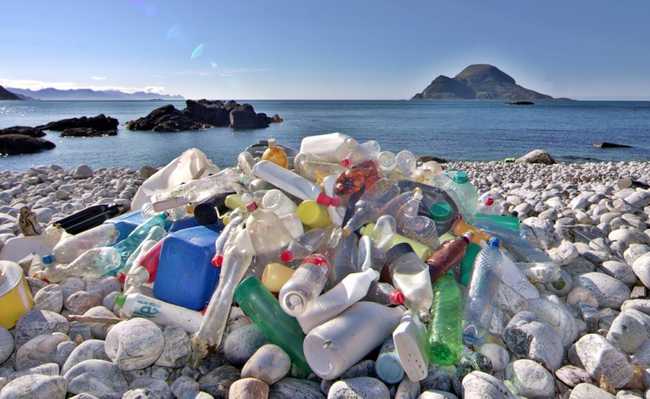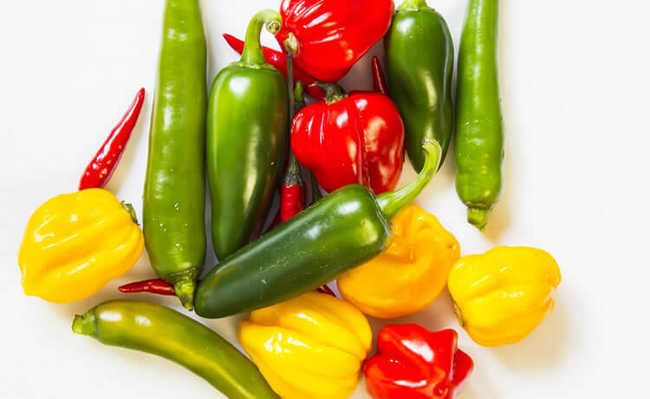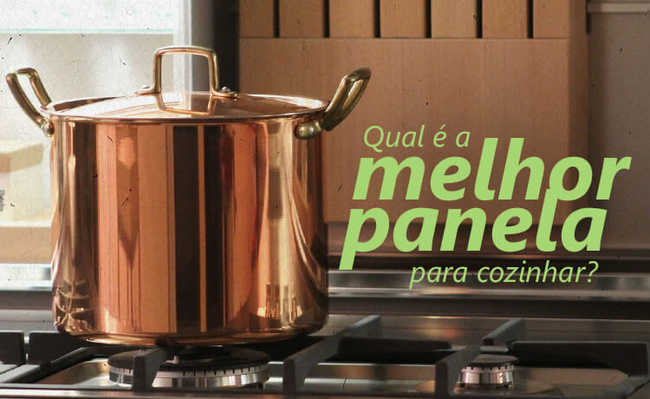Do it yourself: vinegar from leftover wine
The recipe takes at least two months but the end result is delicious!

Image: Dave Dugdale
Everyone loves a do it yourself, even more so when it comes to a heavily used item. Vinegar has numerous uses at home and not just in the kitchen. However, if you are a food lover and want to make your own vinegar but don't accept anything less than the best, this is the recipe for you. And if you don't even know how to fry an egg but you care about the environment, this recipe is also for you, as it seeks to reuse wine and its bottles, in addition to discouraging the consumption of store-bought vinegars - because after start making this vinegar, you will hardly forget the difference in flavor and go back to the old one.
The recipe is very easy to make and the ingredients are not hard to find. The only problem is the preparation time. This recipe is for patients, as it takes at least two months to be ready (or even longer if you are picky about your vinegar). But the reward for waiting is worth it.
Check out the instructions below on how to make wine vinegar and enjoy!
Ingredients
- 1 glass container (the size depends on you - it is recommended that it has a capacity of 1 liter - but it is important that the material is completely non-reactive, like glass. Metals are not good, they react);
- 1 cloth that covers the large container to keep out insects;
- strips of string or elastic;
- 1 plastic funnel;
- Leftovers of dry wine;
- 1 mother of vinegar (we will explain below what it is about);
- 1 bottle to insert the final content.
You can buy wine specifically for making vinegar, but it's not necessary. That's where sustainability comes in. It is not often that an open bottle of wine is finished, so this recipe advises using leftover wine. Try not to use sweet wine as residual sugar can introduce contaminants into the mix.
Instructions
- Pour the wine into a container that allows you to breathe in the vinegar (preferably with a wider mouth). Do not pour wine to the edge of the container, as the mixture needs oxygen for fermentation to take place - it is recommended that the liquid fills half of the container, more or less.
- Add vinegar mother (mother), a gelatinous substance that develops from acetic bacteria. It's hard to find the mother of vinegar in stores, so if you can't find it, you can do it at home too. To find out the recipe, click here.
- Mix everything together and cover the container with the cloth. Secure it with rubber bands or string and let it rest in a room at room temperature (25°C) - cold places can slow down the reaction. After about ten days of starting the process, you will likely see the beginning of purlin formation on the surface of the mix. This is completely normal and expected. Mother is absorbing oxygen and turning alcohol into acid. If the mother is disturbed and goes down to the bottom of the vessel, she becomes inactive. If this happens, wait a longer time and a new mother will form on the surface.
- After about two months, your vinegar should be ready. There is no exact time to know if the vinegar is good or not, unless you open the container. To look for indicators of when the vinegar is ready, place your nostrils on the cloth and make sure it smells similar to the vinegar you already know. When ready, the solution has an intensely acidic aroma and nothing sweet. If it's not acidic enough for you, just let the fermentation take longer. The longer you wait, the more acidic and stronger the solution will become, until all the alcohol is consumed.
- When the vinegar is ready, stir the container or push the purlin down before pouring its contents into a non-reactive container (such as a glass bottle). You can filter and reuse the purlin to make more vinegars or throw them away. Do not use an aluminum strainer or strainer as it may react with the acid.
- The vinegar is ready to use! But if you want to improve flavor and intensity, there are other steps as well. Unless it has been fermented for a long time, there will still be some alcohol in the vinegar. Boiling the solution will solve this problem and ensure the solution is sterile. Boiling also reduces the volume, freeing the vinegar from the water and concentrating its aroma and flavor; but the boiling procedure will not increase the acidity of the vinegar.
- Your vinegar will taste better over time, gaining complexity and maturing. As it ages in the bottle, there may be a release of sediment into the container, but this is normal. If it's a nuisance, just filter the sediment before use.
Note: the recipe can also be made with white wine, if you wish.
To learn more, check out the Wall Street Journal video below:










